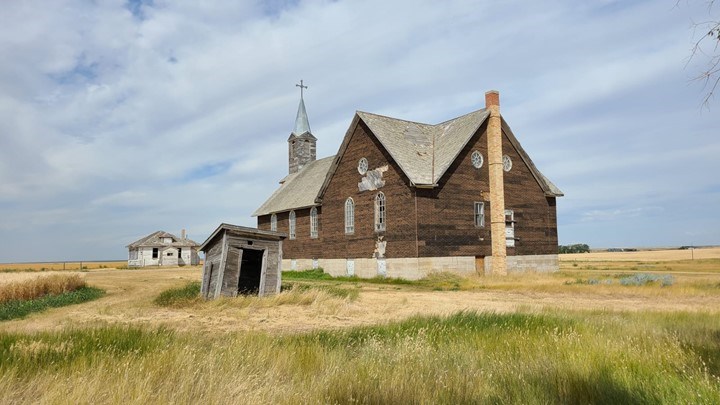REGINA — An upcoming webinar hosted by the Saskatchewan Prairie Conservation Action Plan (PCAP) is hoping to shed some light on a species of nocturnal creatures at risk: bats.
The webinar, taking place for free on Aug. 10 at noon, is part of a monthly speaker series to talk about important topics like species at risk, invasive species, and ways to aid conservation efforts in the province.
Brandon Burda, a research technician from the University of Saskatchewan, will be sharing details of a research project he is working on with biology expert Dr. Jeff Lane, to catalogue habitat locations of the little brown bat, also known as the little brown myotis.
The researchers are searching for hibernation spots of the brown bat in Saskatchewan, to determine if the province’s population is suffering from white nose syndrome — a disease on the rise across Canada that targets bats specifically while they hibernate.
White nose syndrome has recently been found in Manitoba and Montana, and has affected the bat population so seriously that the species has been classified as threatened — one of three bat species in the same boat.
“In Saskatchewan, we’re almost at a disadvantage because we don’t even know where bats hibernate here,” said PCAP stewardship coordinator Cailtin Mroz-Sailer. “So [Lane and Burda] started looking for hibernating bats and reaching out to landowners to ask ‘do you have any old barns or abandoned buildings where there might be bats hibernating?’”
Burda will be sharing the progress of their habitat search during the PCAP webinar, titled “A needle in a haystack: the search for important and critical bat habitats in Saskatchewan.”
“It's called ‘A needle in a haystack’ because that is essentially what they're looking for,” said Mroz-Sailer.
In addition to talking about the project, Burda will also be available to answer questions about his research and its importance for the conservation of bat populations.
The webinar currently has about 160 people registered to attend, said Mroz-Sailer, but there’s still plenty of room for more who may be interested in attending.
Interest in the webinar series is on par with previous dates, she said, as the online events have really taken off since PCAP began offering them about 5 years ago.
“It's a great way to reach a variety of people, and it makes it really accessible for everybody,” said Mroz-Sailer. “We’ve been doing webinars before they were trendy [and] COVID has really made them more popular.”
The webinars are a spinoff of the PCAP’s long-running in-person speaker series, which is also getting back into the swing next week.
On Aug. 9, the PCAP will be live and in-person with Sue Michalsky in Frontier, Sask. at the SODCAP AGM meeting, to talk with landowners about managing habitats where there are multiple species at risk present.
For those who can’t make it to the webinar on Aug. 10, or are interested in viewing past webinars from the PCAP, they can visit the organization’s to view the full playlist of speakers anytime.
“We have over a hundred videos of webinars, covering every species from bats to birds, climate change, invasive species, [just a] huge variety of topics,” said Mroz-Sailer. “It’s a great resource.”
Registration details for both events are available online through the Sask PCAP’s . Upcoming events are always shared on PCAP’s social media channels, or through their monthly e-newsletter.



